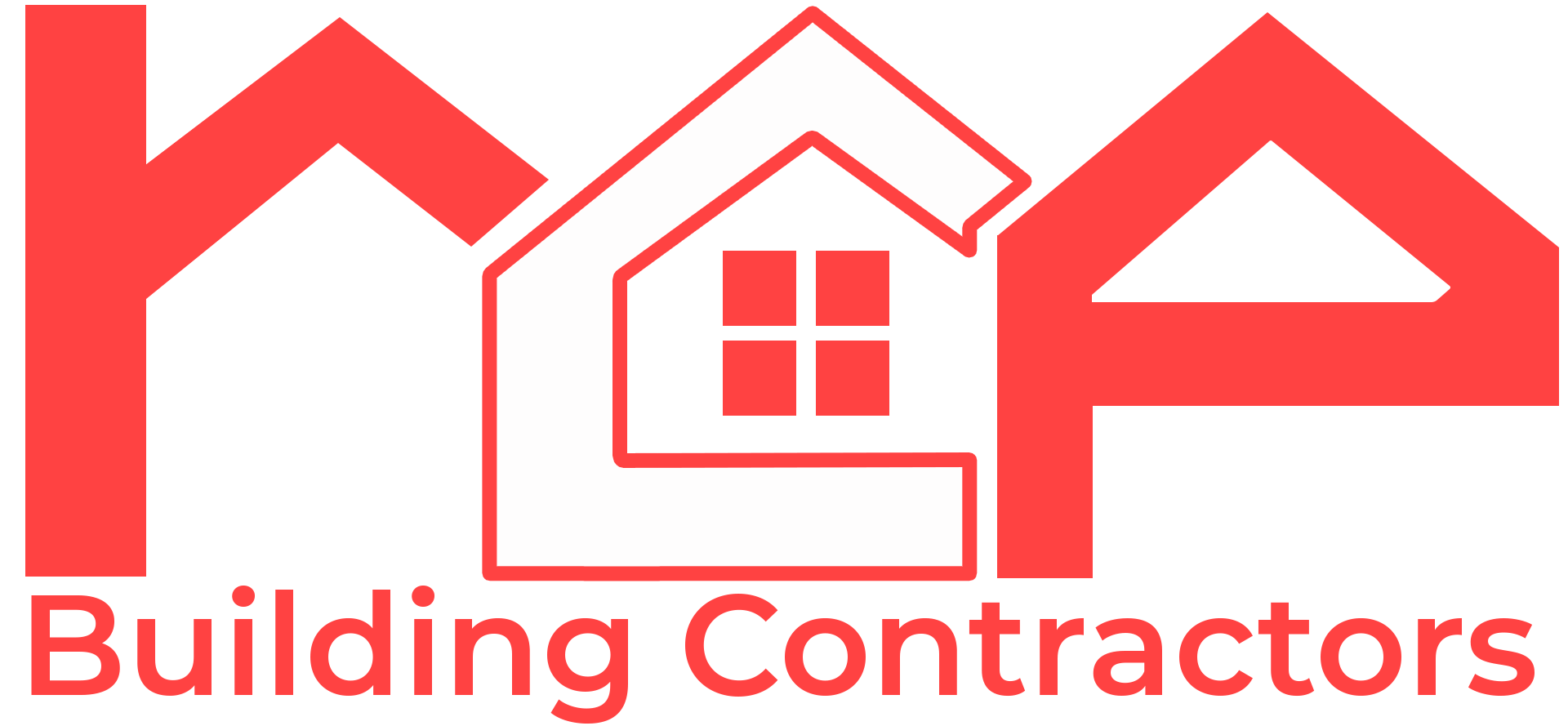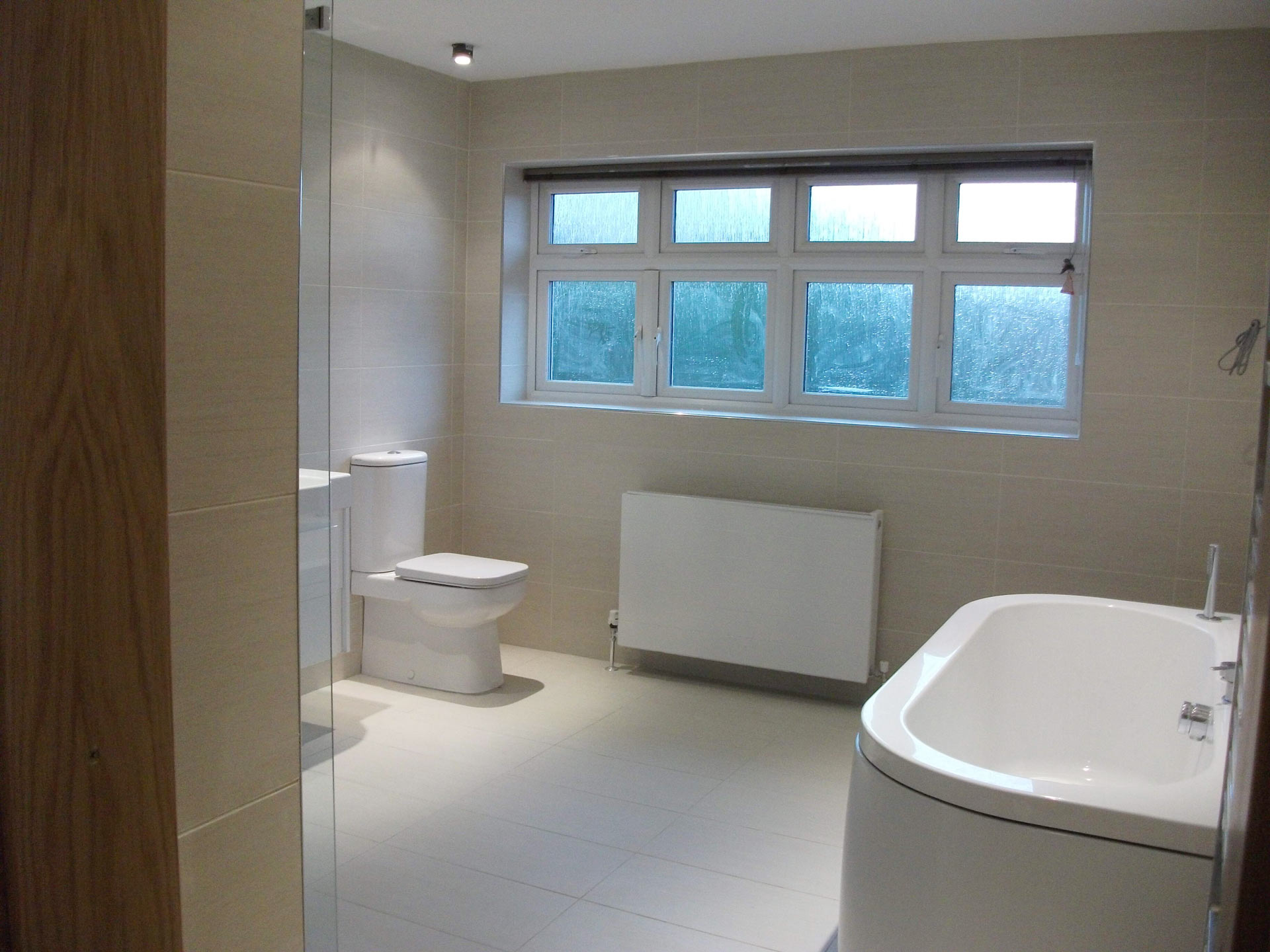Bath 2
Description
This is Photoshop’s version of lorem ipsum. Lorem Ipsum is simply dummy text of the printing and typesetting industry This is Photoshop’s version of lorem ipsum. Lorem Ipsum is simply dummy text of the printing and typesetting industry This is Photoshop’s version of lorem ipsum. Lorem Ipsum is simply dummy text of the printing and typesetting industry This is Photoshop’s version of lorem ipsum. Lorem Ipsum is simply dummy text of the printing and typesetting industry This is Photoshop’s version of lorem ipsum. Lorem Ipsum is simply dummy text of the printing and typesetting industry This is Photoshop’s version of lorem ipsum. Lorem Ipsum is simply dummy text of the printing and typesetting industry This is Photoshop’s version of lorem ipsum. Lorem Ipsum is simply dummy text of the printing and typesetting industry





